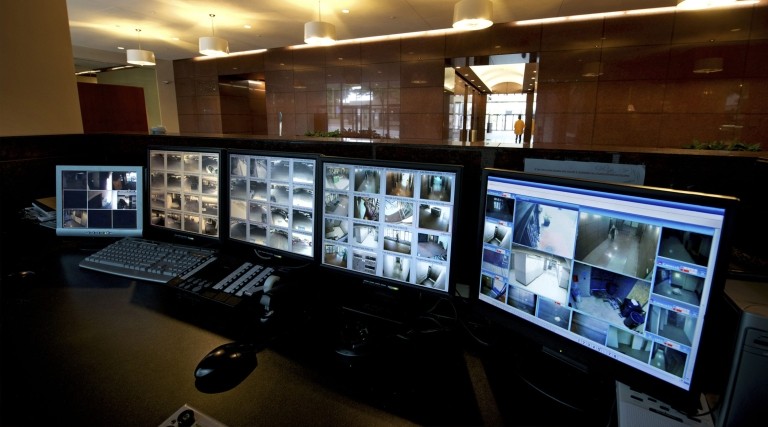
IPv6
The world is moving inexorably from IPv4 to IPv6, now that the supply of IPv4 addresses has effectively dried up. There are many compelling reasons for modern businesses to make the move to IPv6 networking:
- Ensure global accessibility, and the opportunity to be part of new business opportunities
- Future-proof network connectivity
- Mobile Internet uses IPv6 as its native backbone
- Smart homes and connected appliances and devices use IPv6
- In-vehicle mobility technology uses new communication systems based on IPv6
Allied Telesis is by no means a newcomer to IPv6 and has provided implementations in the market since 2004. With extensive experience, and a solid, well-supported, feature-rich offering, many Allied Telesis products are certified by the IPv6 Forum, meeting exacting conformance and interoperability standards. IPv6-certified products carry the IPv6 Ready logo.
The vastly increased address space of IPv6 will ensure that we never run out of IP addresses again, and the insatiable demand for Internet-connected devices can be easily accommodated. IPv6 also adds enhancements for security, multimedia traffic management, and simplified network configuration. The transition from IPv4 to IPv6 will be gradual and both IPv4 and IPv6 will coexist for some period of time yet.
Allied Telesis networks provide small, medium and large organizations with a cost-effective solution for resilient, wire-speed IPv4 and IPv6 communication.
IPv6 Features
Allied Telesis products support a comprehensive set of IPv6 protocols and features, ensuring a smooth transition to next-generation networking for any size business.
Our IPv6 feature-set includes:
|
|
|
Allied Telesis solutions offer the same levels of performance, high availability and manageability for both IPv4 and IPv6 networks. As you move from a current IPv4 network to a next generation IPv6 network, some transition will be required to ensure the new network will communicate with other local and remote devices and systems. To facilitate this transition, Allied Telesis provides dual stacking.
Dual Stacking
With dual stacking, IPv4 and IPv6 can co-exist seamlessly on the same equipment, using equivalent routing protocols, within the same topology. An organization can be confident that the network will support their transition from IPv4 to IPv6 at a pace that suits them. Their IPv6 network can be overlaid on the same equipment, in the same physical and logical layout, as their original IPv4 network.
The equipment can be managed equally by IPv4 or IPv6, enabling a smooth transition of the network management infrastructure as well.
IPv6 Security
IPv6 has been designed to be inherently more secure than IPv4, with built-in IP Security (IPSec) allowing two devices to dynamically negotiate security parameters and build a secure tunnel between them with no user intervention.
Protocols for IPv6 management of devices, such as SSHv6 and SNMPv3, allow the encryption of management sessions for secure connectivity. Network routing protocols such as OSPFv3 can demand the authentication of neighboring devices.
Security is an integral part of IPv6 protocols, to ensure the safe transfer of data and management information. Allied Telesis IPv6 capable routers and switches support these leading protocols and features for next generation networks.



